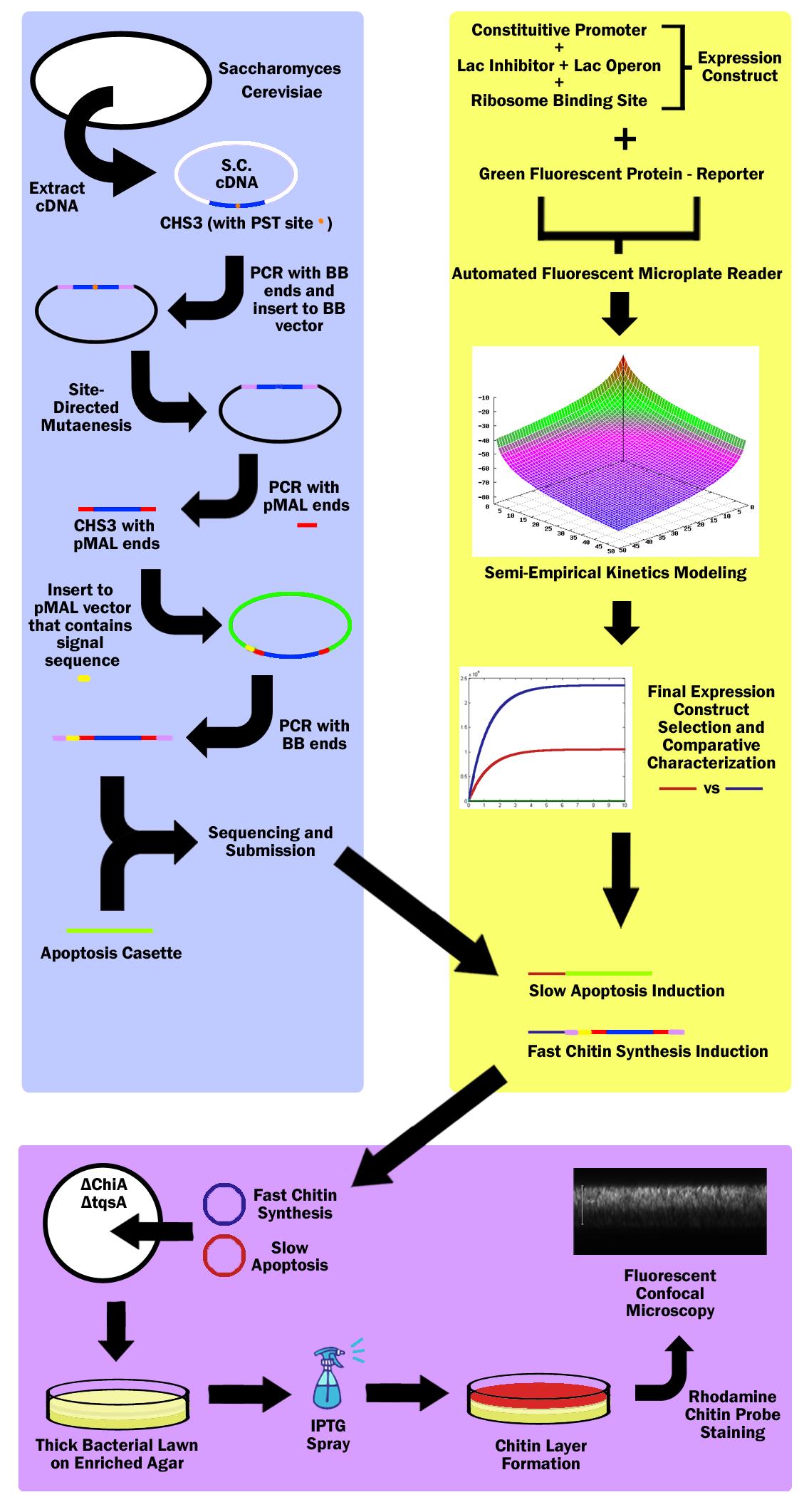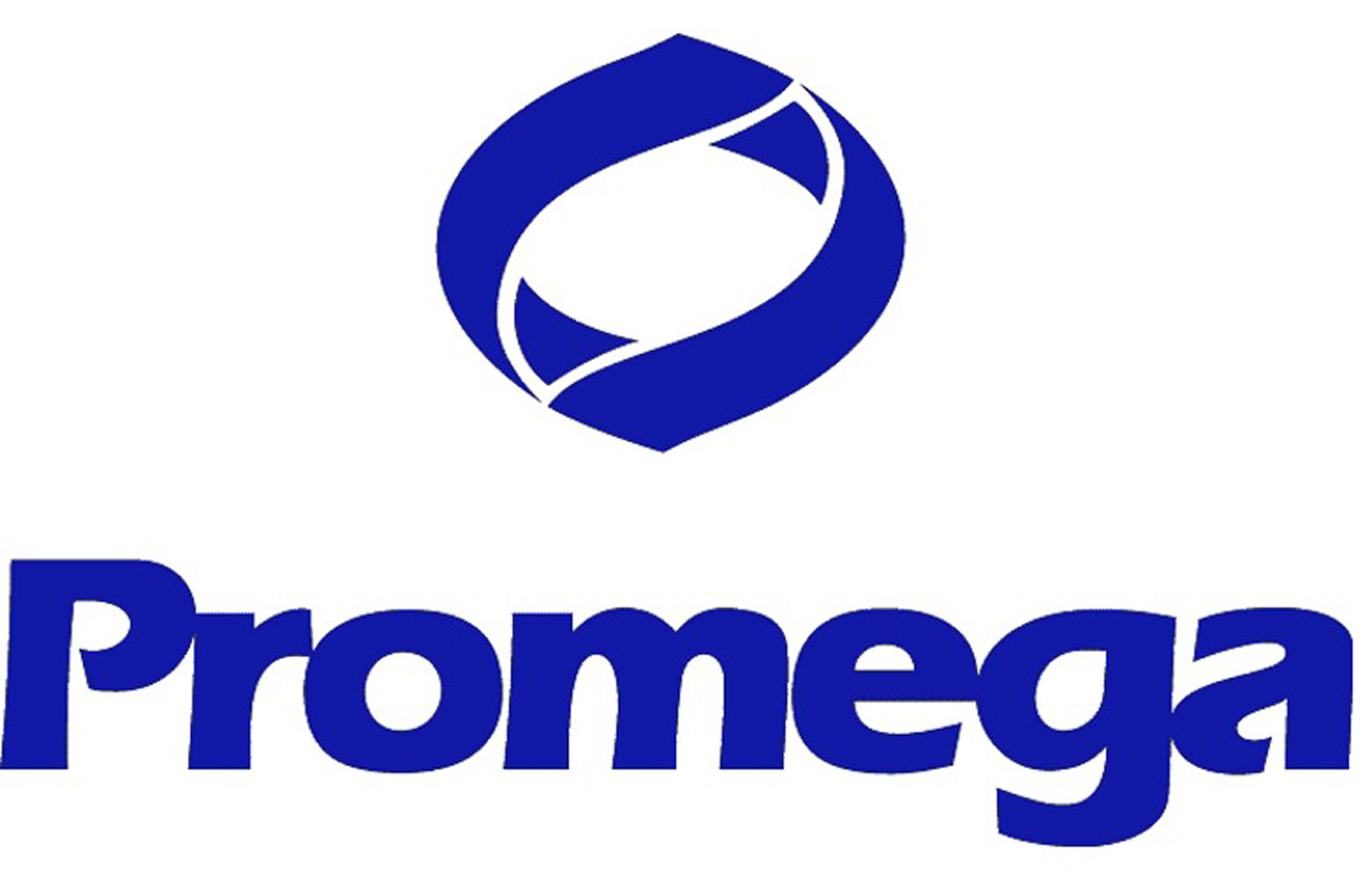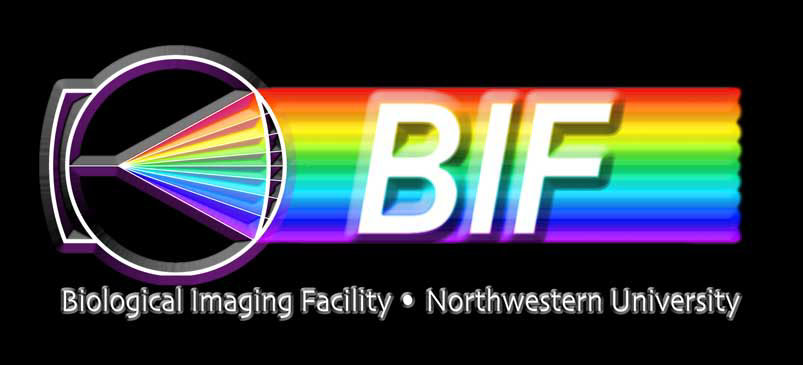Team:Northwestern
From 2010.igem.org
(Difference between revisions)
| Line 130: | Line 130: | ||
|style="padding: 5" valign="top" width="60%"| | |style="padding: 5" valign="top" width="60%"| | ||
| - | {| | + | {|cellspacing="30" border="0" |
|'''SCIN - Self-regenerating Chitin INduction''' | |'''SCIN - Self-regenerating Chitin INduction''' | ||
| + | |||
| + | |||
Chitin, found in the exoskeletons of insects and crustaceans, is one of the most abudant substances in nature. Like keratin in skin, it comprises the protective outer layer of these animals. Our chitin expression platform involves generating a layer of chitin from a lawn of bacteria in response to an external molecular cue. This cue induces chitin synthesis (fast) and cell lysis (slow). This system allows for a build-up of chitin followed by cell lysis and subsequent release into the top layer of the lawn. Abrasions expose cells to the external cue for self-repair. In this way, we create a regenerative chitin biolayer with potential medical and industrial applications. | Chitin, found in the exoskeletons of insects and crustaceans, is one of the most abudant substances in nature. Like keratin in skin, it comprises the protective outer layer of these animals. Our chitin expression platform involves generating a layer of chitin from a lawn of bacteria in response to an external molecular cue. This cue induces chitin synthesis (fast) and cell lysis (slow). This system allows for a build-up of chitin followed by cell lysis and subsequent release into the top layer of the lawn. Abrasions expose cells to the external cue for self-repair. In this way, we create a regenerative chitin biolayer with potential medical and industrial applications. | ||
Revision as of 05:53, 19 October 2010
| Home | Brainstorm | Team | Acknowledgements | Project | Human Practices | Parts | Notebook | Calendar | Protocol | Safety | Links | References | Media | Contact |
|---|
 "
"












